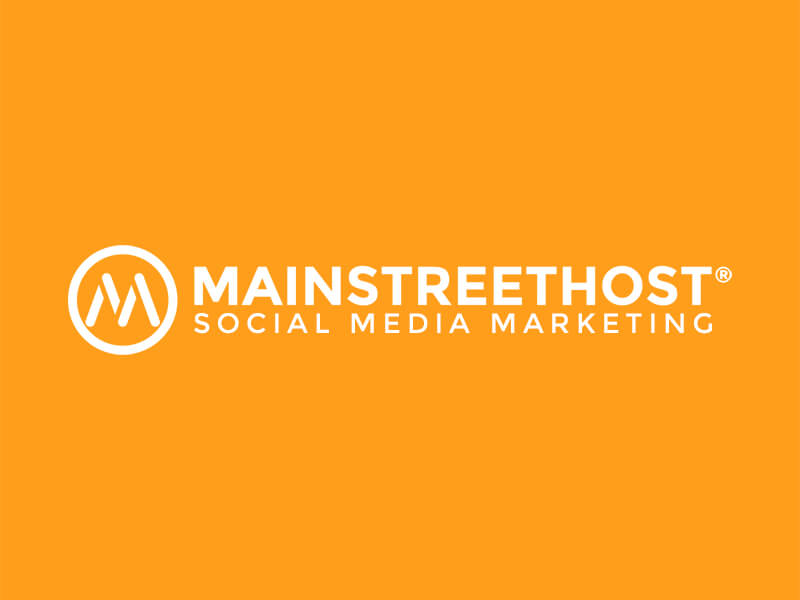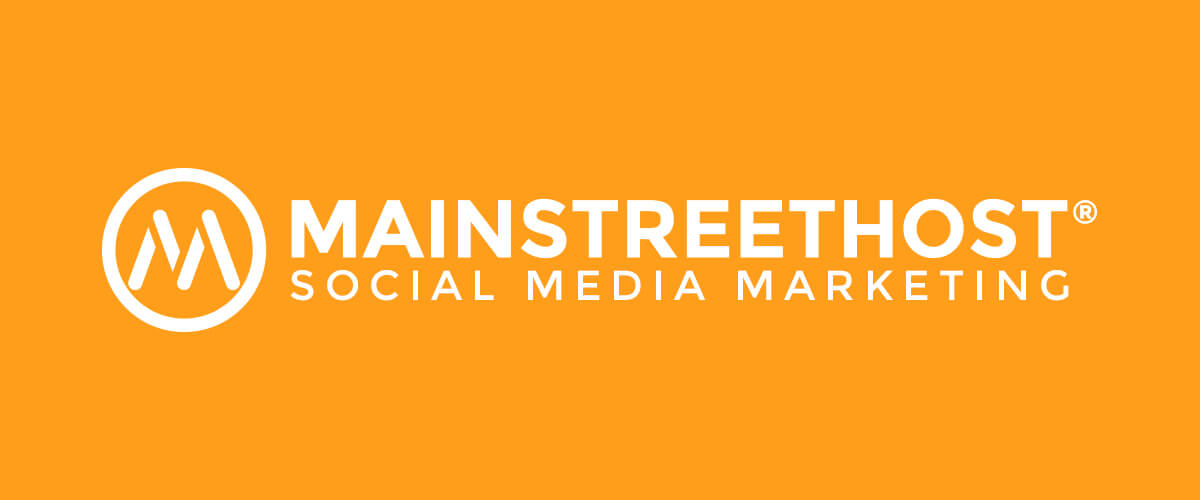Marketing is a vitally important tool for any event company, and the internet has, for a long time, been one of the most powerful channels available for this purpose. However, over the last decade the popularity of social media platforms has skyrocketed, greatly impacting the marketing world.
Today, social networks like Facebook, Twitter, and Instagram are extremely effective marketing tools, often generating great results from both a marketing and sales perspective. So how has social media changed the way we think about event marketing in particular?
Shareable Assets
A key aspect of effective social media marketing involves creating shareable content, such as videos, photographs, visual testimonials, and posts or articles. For an event marketing campaign, the idea behind creating shareable content surrounding your event is that attendees and affiliates will then share it with friends and/or business partners, thus expanding the reach of your campaign.
This represents a major change to event marketing, as it empowers the people who are attending your event to take their involvement to the next level. Simply by clicking a ‘Share’ button on Facebook or retweeting a Tweet on Twitter, those people are actively helping to spread the word about the event and are essentially acting as an unofficial member of your marketing team.
For optimum results, it is important to optimise shareable assets based on the social media platform you are using. For example, rectangular images work better on Facebook and Twitter, while square images are better for Instagram. Even without audio, your video content should have some value in order to fully exploit the auto-play function used by the majority of social media sites.
Retargeting and Custom Audiences
One of social media’s most obvious benefits is the ability to carry out effective marketing with potentially huge reach free of charge – or very close to it. However, the use of paid advertising on social media brings with it a number of advantages, which have helped to improve the way event marketing is carried out.
For example, Facebook’s advertising options include the ability to aim adverts solely at custom audiences. This function can be used to carry out a technique known as ‘retargeting’ or ‘remarketing,’ where advertising efforts are focused only on those who have previously visited your company website.
This helps to make advertising more cost-effective, as your campaign will be focused on people you already know to have some level of interest in what your business has to offer. Of course, even without the retargeting function, advertising on social media is an excellent way to guarantee that your efforts reach an enormous audience.
Event Pages and Hashtags
The use of Facebook ‘Event’ pages is a great way to keep track of the number of people who have committed to attending your event, and provides a simple way to contact them all at once. This is useful for a number of reasons, including jogging their memory, promoting certain aspects of the event, and encouraging them to share content.
In addition to the pure marketing aspect of event pages, they are also useful for the attendees themselves, allowing for a certain amount of pre-event networking. Ultimately, this can increase the chances of hosting a successful event, as it can help build anticipation and improve the level of interaction between attendees.
The hashtag function can be used in a similar way, and offers the chance to get creative with your event branding. Try to come up with a unique and catchy hashtag, and include it in all of your marketing materials. This will encourage people to keep all event-related discussions in one place, making it easier for you to monitor and participate in.
Social media has become an integral part of event marketing because it brings event organisers closer to their audience and (potential) attendees. Shareable assets are a great way to promote events on social platforms and help increase both awareness and attendance. Precise targeting via remarketing on Facebook, or even the Google Network, are powerful tools to communicate with pre-qualified audiences that already know about your event or website. Finally, event pages on Facebook or hashtags on Twitter can become pre and post-event hubs where all participants can interact, network, and communicate – while also allowing for precise measurement of results and engagement tracking.



I believe that what will never change is the customer experience and the way you interact with them; I think that’s the best way to do marketing.